Telford is Much Wenlock’s closest town, just a few miles away across the River Severn. It’s a new town in fact, begun in the 1960s when its developers laid claim to the brownfield land between the traditional coalfield communities of Wellington, Madeley, Ironbridge, Dawley and Oakengates, places whose inhabitants had played their part in Britain’s industrial revolution from at least the 17th century.
One new-town aim was to provide fresh work opportunities and decent housing for families of the ever-expanding West Midlands (Birmingham-Wolverhampton) conurbations. Another was to revive the old Shropshire coalfield towns and villages, including Ironbridge, which by the 1960s, with their declining local industries, appeared to have lost the will to live. Back then I recall visiting Ironbridge on a school history trip. We peered at the decaying bottle kilns of the Coalport China Works through a jungle of waste-ground weeds and wondered why on earth Miss Price had brought us to such a dreary place.
From the start, then, Telford Development Corporation (TDC) panjandrums had a mission: their new town had heritage. They chose to name it after a man of vision: Thomas Telford 1757-1843, father of modern civil engineering and a man with strong local connections. At the start of his career, after leaving his Scottish homeland, he had been Surveyor and Engineer for Shropshire. He left us many striking landmarks too, including the breath-taking Pontcysyllte Aqueduct.
The ‘new town with a past’ message was not simply a piece of window-dressing. TDC committed huge resources to saving the historic industrial fabric of the coalfield settlements, deploying teams of conservation architects and builders across the district, restoring everything from workers’ cottages and toll houses, to ironworks warehouses and riverside tile factories. It is probably fair to say that without all the new-town investment in conservation, the internationally famous Ironbridge Gorge Museums might never have made it off the starting blocks.
This particular high-rise, Darby House, is also a nod to the past. HQ for the Telford and Wrekin Council, it rises above one of town centre’s notoriously numerous traffic islands, and salutes the ingenuity of the Darby ironmasters of Coalbrookdale. (Abraham Darby I invented the means to smelt iron using coke instead of charcoal, and Abraham Darby III built the world’s first cast iron bridge over the River Severn).
One can’t help but wonder though what Thomas Telford and the Darbys would think of these tributes – the new-fangled new-town architecture, the dizzying, multiplying networks of roads, shops, business parks and housing. But then you could say these were men who started it all; played their part in the pioneering of cast-iron construction which gave rise to the high-rise and more besides.
Anyway, here, by contrast, is a building that the Coalbrookdale ironmasters considered ‘just the thing’ in its day. Designed in the Gothic style around 1840, it was the riverside warehouse for the despatch cast iron goods down the River Severn to Bristol. It is also one of the many buildings saved from decay by Telford Development Corporation and now part of the Ironbridge Gorge Museum complex.
*
And finally the Iron Bridge (1779) (restored and owned by English Heritage).
For those of us who tend to think the modern more ugly than picturesque and prefer to take comfort in the ‘antique’, it is worth remembering that in its day, this bridge, the manner of its construction, was unthinkable for most people. There it was, replacing the stalwart, heavily buttressed stone bridges that everyone had used for hundreds of years. It literally was ‘the shock of the new’, a daring piece of pioneering technology designed to show off and sell a concept. In this respect then, you could say it has very much in common with the enterprise and entrepreneurial zeal that gave rise to Telford ‘new town’. Surprising or no, the connections are real ones.
Cee’s Black & White Photo Challenge: Buildings












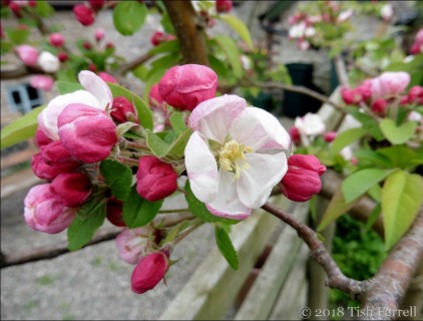








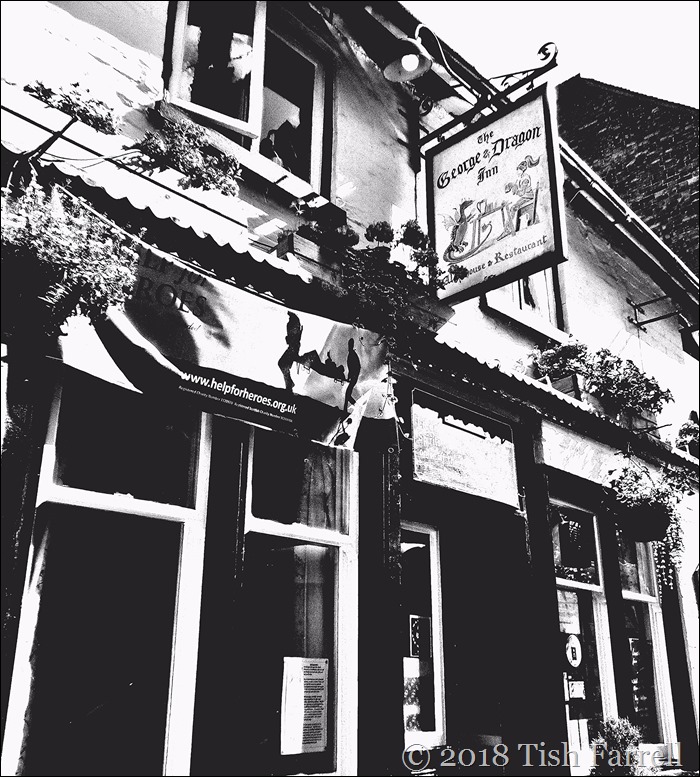












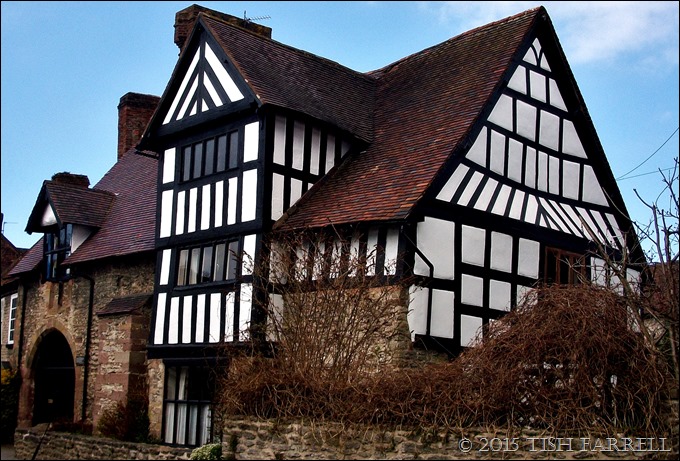

![collagehighst[1] collagehighst[1]](https://tishfarrell.files.wordpress.com/2015/05/collagehighst1_thumb.jpg?w=680&h=488)

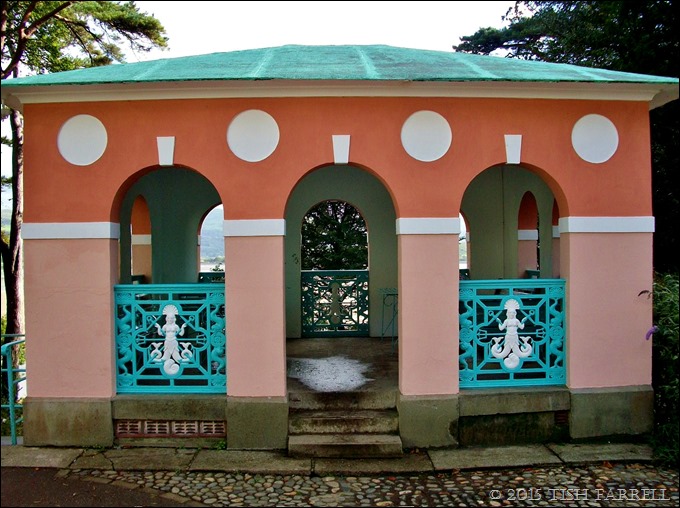




![Makokos-Floating-School-NLE-2[1] Makokos-Floating-School-NLE-2[1]](https://tishfarrell.files.wordpress.com/2014/08/makokos-floating-school-nle-21_thumb.jpg?w=680&h=514)
![Makoko_approach-960x550[1] Makoko_approach-960x550[1]](https://tishfarrell.files.wordpress.com/2014/08/makoko_approach-960x5501_thumb.jpg?w=680&h=446)
![_61618156_a1zaixbb[1] _61618156_a1zaixbb[1]](https://tishfarrell.files.wordpress.com/2014/08/61618156_a1zaixbb1_thumb.jpg?w=680&h=371)
![NLEs-floating-school-casts-anchor-in-Lagos-Lagoon_dezeen_14[1] NLEs-floating-school-casts-anchor-in-Lagos-Lagoon_dezeen_14[1]](https://tishfarrell.files.wordpress.com/2014/08/nles-floating-school-casts-anchor-in-lagos-lagoon_dezeen_141_thumb.jpg?w=680&h=510)
![ml_schoolatSea_Makoko_d2_600[1] ml_schoolatSea_Makoko_d2_600[1]](https://tishfarrell.files.wordpress.com/2014/08/ml_schoolatsea_makoko_d2_6001_thumb.png?w=680&h=476)
![Makoko-Floating-School-5-606x400[1] Makoko-Floating-School-5-606x400[1]](https://tishfarrell.files.wordpress.com/2014/08/makoko-floating-school-5-606x4001_thumb.jpg?w=679&h=448)
![Kunlé-Adeyemi_1c_Photo-by-Reze-Bonna-293x400[1] Kunlé-Adeyemi_1c_Photo-by-Reze-Bonna-293x400[1]](https://tishfarrell.files.wordpress.com/2014/08/kunl-adeyemi_1c_photo-by-reze-bonna-293x4001_thumb.jpg?w=176&h=227)















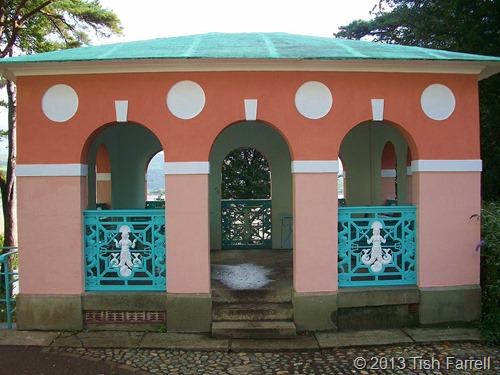
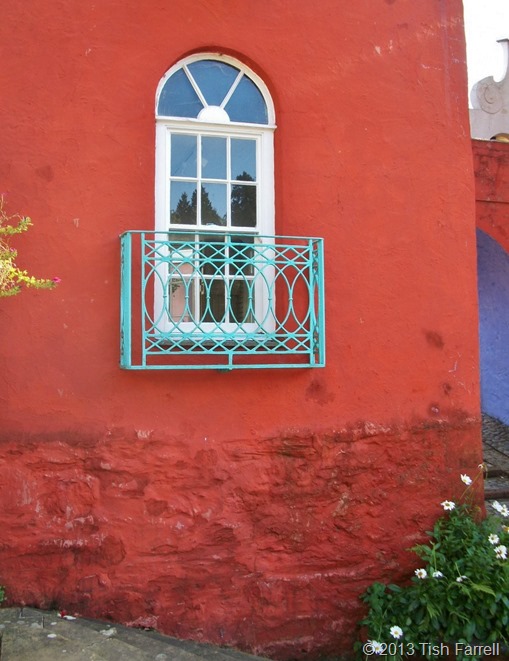

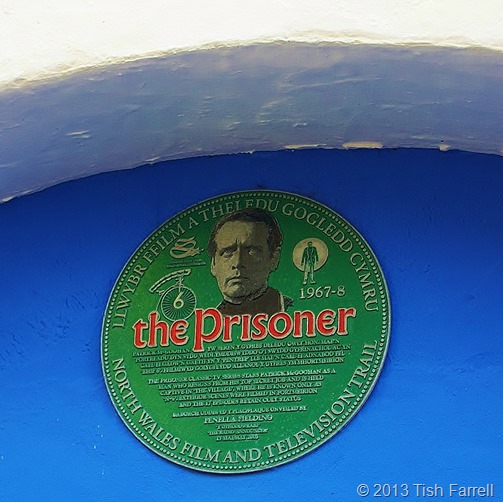





![4363309520_fcd2edd736[1] 4363309520_fcd2edd736[1]](https://tishfarrell.files.wordpress.com/2013/09/4363309520_fcd2edd7361_thumb.jpg?w=319&h=480)
